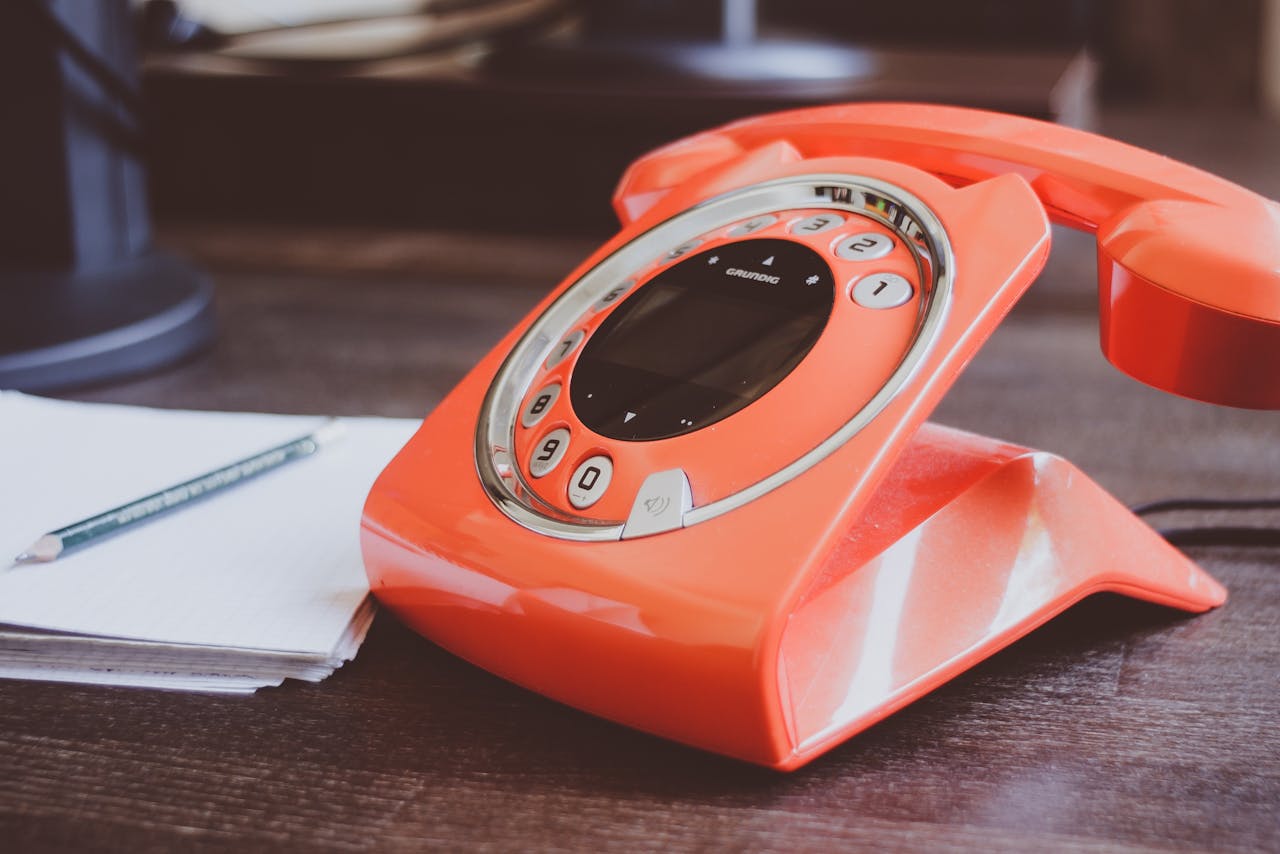How Great Leaders Craft and Communicate a Clear Vision

Why a Clear Vision Matters
Every thriving organization, whether a start-up or a century-old enterprise, owes much of its resilience to a robust, clear vision. Vision is the foundation for plans and daily decisions, guiding employees in their roles and helping organizations adapt to change. When leaders invest in creating and articulating a focused vision, the impact is felt at every level—from leadership and management to front-line staff and customers. Frequent examples of effective vision-setting can be found when examining professionals like Jeffrey Previte, whose approach demonstrates how consistency and clarity in leadership can unite teams behind a shared purpose. Research further supports the idea that vision is critical to organizational success. Companies that make their vision clear and intentional often see amplified team engagement. Employees are reported to be up to 12% more productive and display higher job satisfaction when they understand and believe in the organization’s purpose. This more profound sense of meaning translates into better collaboration, reduced turnover, and sustained organizational growth, making a clear vision not just an abstract concept but a tangible catalyst for real-world results.
Building Blocks of a Great Vision
- Authenticity: A grand vision reveals the heart of an organization. Employees recognize when a vision mirrors reality, as opposed to when it’s simply corporate jargon or wishful thinking. Authentic visions are derived from the organization’s origin story, milestones, and aspirations—a blend of what has been and could be.
- Clarity: The simpler a vision, the more powerful it becomes. Clear language ensures that all team members, from new hires to seasoned executives, understand and can confidently communicate the organization’s direction without confusion.
- Inspiration: The best visions stir both emotion and intellect, sparking enthusiasm. They make people feel proud to be part of something bigger than themselves—a force for change, progress, or purpose.
- Direction: While vision inspires, it also provides a North Star. Employees gain reassurance knowing what they aim for, and leaders have a reference against which strategic decisions can be measured.
It’s not enough to have a vision—it must encompass immediate obstacles and bold future possibilities. Studies published in the Harvard Business Review confirm that a compelling vision aligns short-term objectives with long-range ambitions, building the confidence necessary to continue progress amid uncertainty.
Crafting a Vision That Sticks
The journey from idea to enduring vision begins with conversation and collaboration. Truly transformative leaders don’t craft vision statements in a vacuum. Instead, they seek input and feedback from diverse voices—executives, managers, customers, and external partners. The intention is to root vision in reality, respecting the unique culture and identity of the organization while still aspiring to reach greater heights. This approach makes the vision more resonant and less likely to become a forgotten phrase in a company handbook. Through brainstorming sessions, workshops, or even informal discussions, great leaders refine and distill the vision into a crisp, compelling message. When organizations involve employees in the process, it enhances buy-in and uncovers insights about what motivates the team. The most memorable visions are succinct, repeatable, and capable of standing the test of time—think of the iconic “Don’t Be Evil” or “To organize the world’s information”—offering teams an easy reference point and an enduring source of inspiration.
Power of Communicating the Vision
Even the most motivating and authentic vision will fall flat if it isn’t consistently and effectively communicated. Successful leaders use every channel to spread their message—staff meetings, email updates, one-on-one conversations, company intranet portals, and external communications. The goal is to ensure the vision is present in the organization’s daily rhythm, not just reserved for annual events or major announcements. Storytelling is one of the most powerful methods in a leader’s toolkit. Leaders make abstract goals feel real and attainable by sharing stories illustrating the vision in action. Employees are more likely to connect with a vision when they see how it has driven a recent team project, landed an important client, or improved customer satisfaction. Drawing on change management research, experts like Dr. John Kotter emphasize repetition—leaders who reinforce their vision through varied methods and formats are much more likely to see it ingrained in the company culture. With time and consistency, vision becomes part of the organization’s DNA, shaping habits and mindsets.
Tools and Techniques for Leaders
- Storytelling: Sharing real-world stories of setbacks, successes, and lessons learned turns philosophy into action. These narratives make vision relatable for every employee, regardless of role or location.
- Visual Aids: Using digital dashboards, posters, or infographics ensures the vision is visible in the work environment. Visual reminders keep priorities clear and accessible.
- Feedback Loops: Ongoing surveys, pulse checks, and open forums invite employees to share their thoughts, suggest improvements, and highlight disconnects between the vision and daily reality.
- Rituals: Embedding the vision into meetings, onboarding processes, and performance reviews reinforces its relevance. Even small gestures—like starting team huddles with a value reminder—go a long way to underline its importance.
These tools promote dialogue, accountability, and continuous improvement, empowering teams at every level to orient their work around shared goals and values.
Measuring Success and Adapting the Vision
Success isn’t just about announcing a vision—it’s about bringing it to life daily. Organizations use employee engagement scores, feedback surveys, retention rates, and customer satisfaction indexes to gauge how well the vision is understood and integrated. When problems are uncovered, such as teams not connecting with the vision or morale slipping, leaders must revisit and adjust their approach, ensuring the vision remains relevant and inspiring. Ultimately, a successful vision is dynamic. The most effective leaders recognize that as industries and markets evolve, so must their vision. By remaining open to feedback, celebrating achievements, and pivoting when necessary, they ensure their organizations stay nimble, united, and ready for whatever the future holds.




